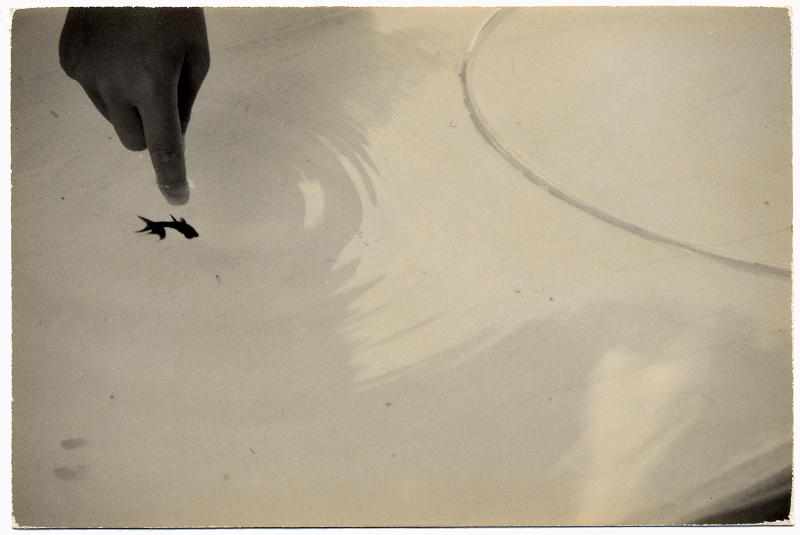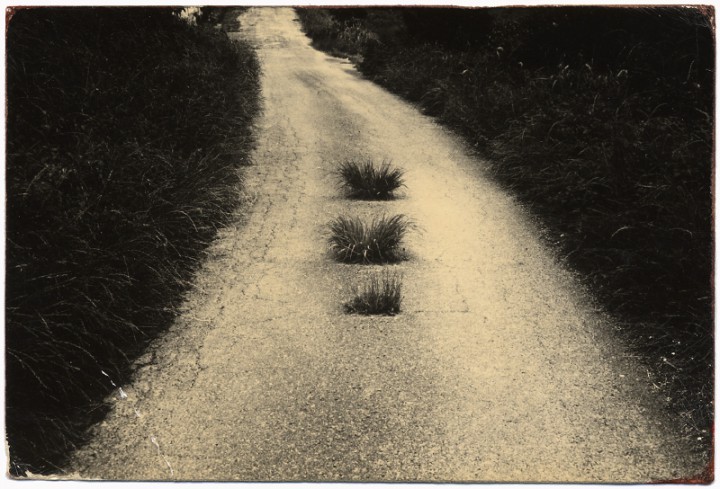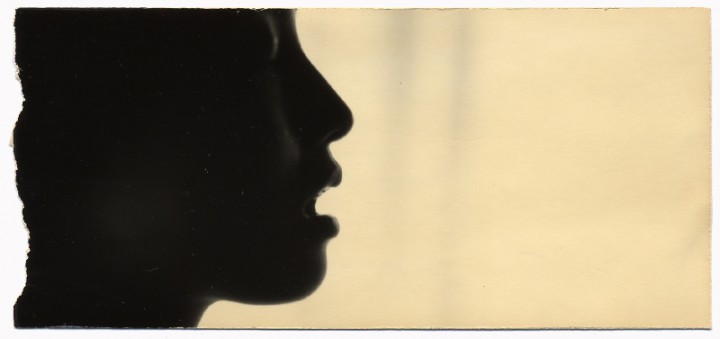
Masao Yamamoto nació en 1957 en Gamagori, Japón, y es muy conocido por sus fotografías simplistas pero poéticas. Yamamoto desdibuja la distinción entre fotografía y pintura a través de su manipulación de las superficies impresas: intencionadamente hace que sus fotografías parezcan envejecidas al deshilachar los bordes y tonificar y teñir las superficies con té; estas alteraciones evocan recuerdos y sentimientos de nostalgia en el espectador. A menudo pequeñas como 3×5 pulgadas, las fotografías individualizan las impresiones como objetos y requieren que los espectadores miren las piezas íntimamente. El delicado tamaño de las fotografías es paralelo a la delicada naturaleza de los temas de Yamamoto, como pájaros, suaves formas desnudas y paisajes mínimos.
Esta fotografía de una mano extendida hacia una mariposa es un reflejo de la interacción armoniosa entre el hombre y la naturaleza. Sin otros elementos en el fondo, Yamamoto atrae inmediatamente la atención de los espectadores hacia los dos protagonistas y su punto de contacto entre ellos. La posición de la mano es suave y la mariposa, con su palpador tocando ligeramente un dedo, parece no tener miedo. La fotografía evoca la paz y la coexistencia, en consonancia con la filosofía personal de Yamamoto de respeto y humildad hacia el universo.
//
Masao Yamamoto was born in 1957 in Gamagori, Japan, and is best known for his simplistic yet poetic photographs. Yamamoto blurs the distinction between photograph and painting through his manipulation of print surfaces – he intentionally makes his photographs look aged by fraying the edges and toning and staining the surfaces with tea; these alterations evoke memories and feelings of nostalgia in the viewer. Often as small as 3×5 inches, the photographs individualize the prints as objects and require viewers to look at the pieces intimately. The dainty size of the photographs parallels the delicate nature of Yamamoto’s subjects, such as birds, soft nude forms, and minimal landscapes.
This photograph of a hand reaching out to a butterfly is a reflection of the harmonious interaction between man and nature. With no other elements in the background, Yamamoto immediately draws the viewers’ attention to the two protagonists and their point of contact with each other. The hand’s positioning is gentle, and the butterfly – with its feeler just slightly touching one finger – seems unafraid. The photograph is evocative of peace and coexistence – consistent with Yamamoto’s personal philosophy of respect and humility toward the universe.
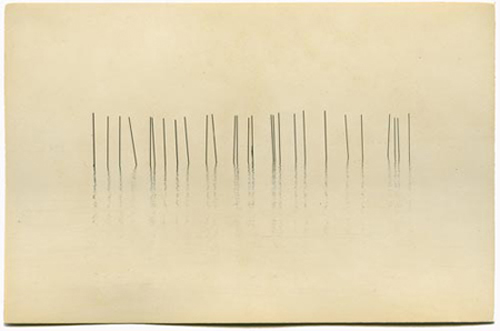
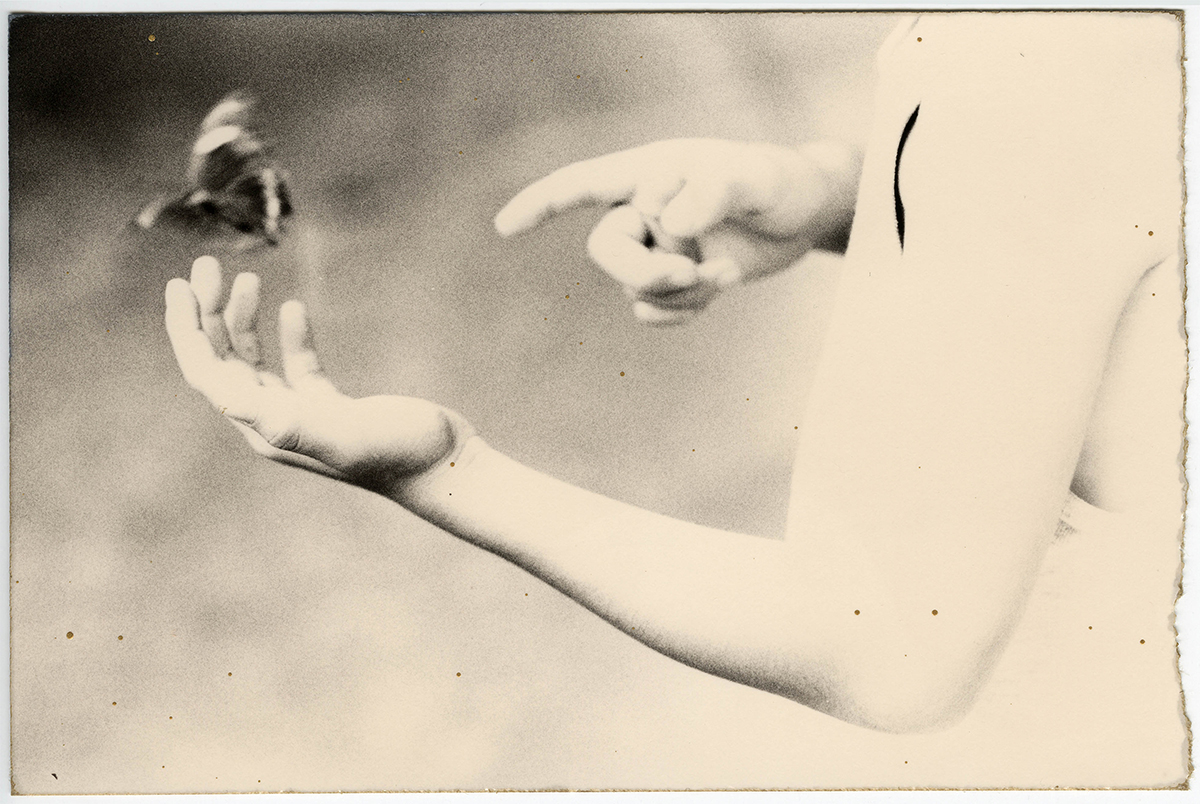
![MasaoYamamoto[5]](https://juan314.wordpress.com/wp-content/uploads/2013/03/masaoyamamoto5.jpg)
